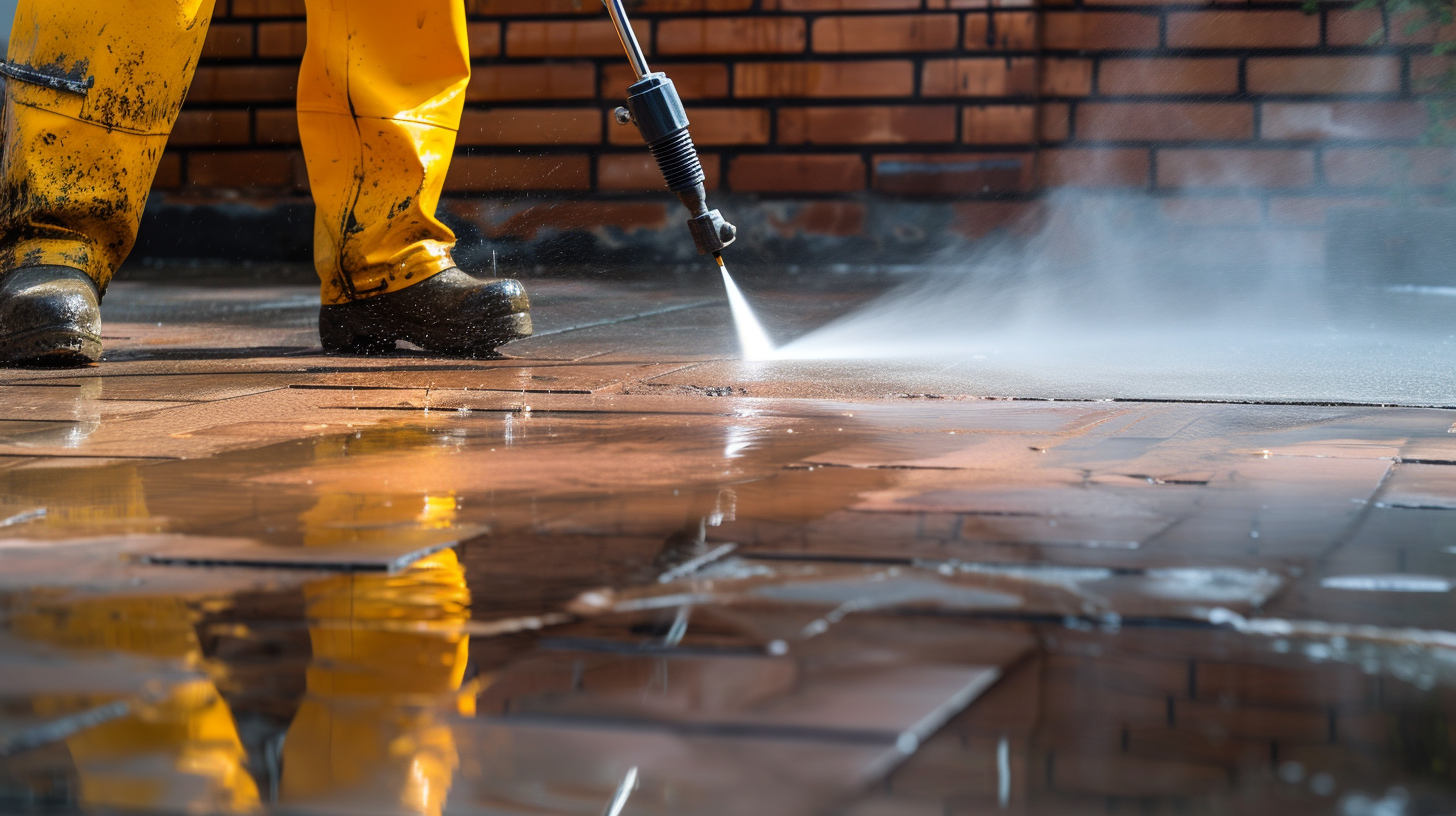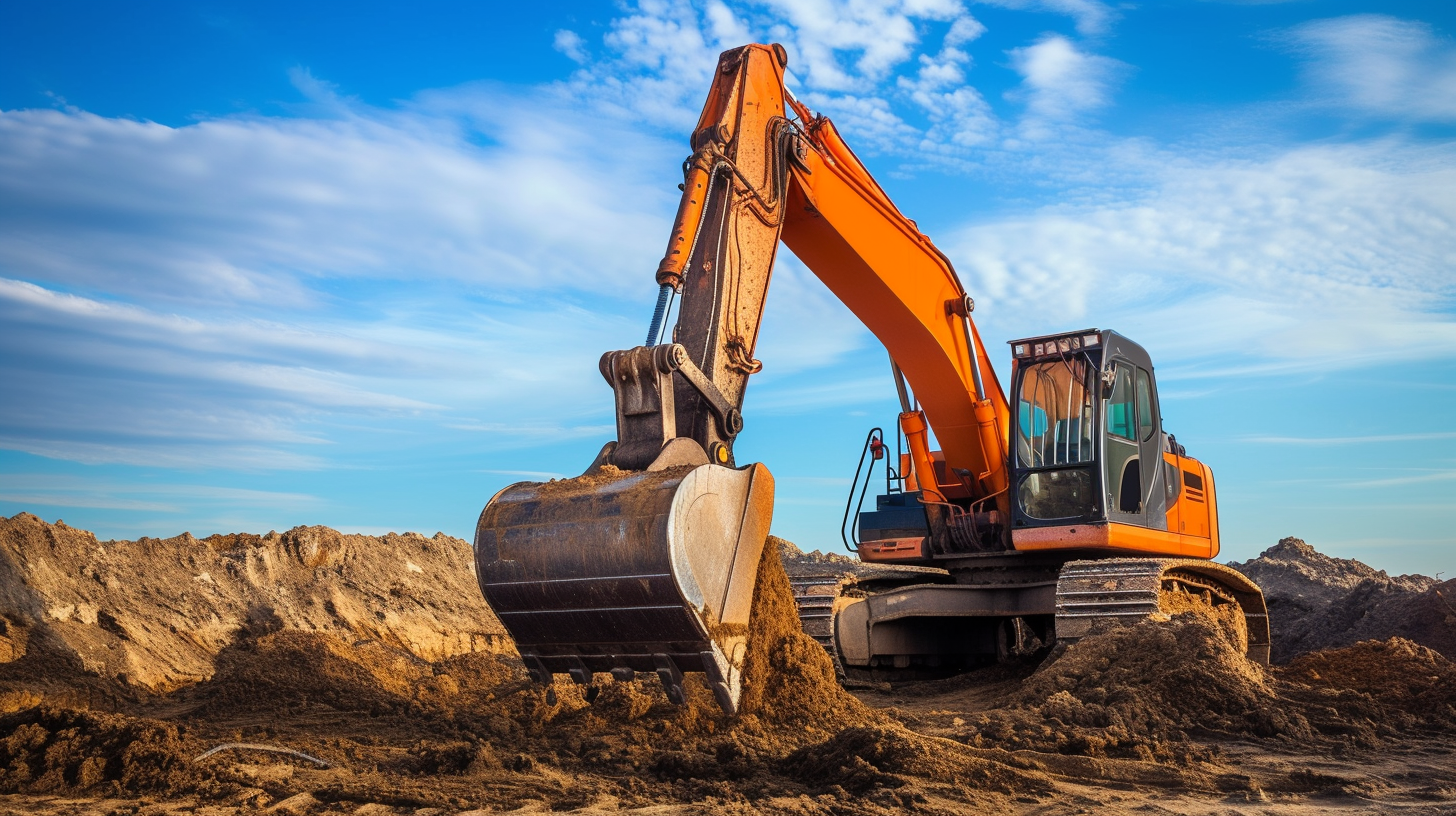Table of Contents
As web designers or business owners, we must carefully craft our alt-texts for website images.
Alt-texts are crucial in enhancing both user experience from an accessibility standpoint and search engine optimization. They are the descriptions provided for images on websites, serving as a reliable guide for visually impaired users and search engine crawlers.
However, writing effective alt-texts requires a blend of creativity, precision, and technical know-how.
So, what are some alt-text best practices that we can adopt?
Stick around, and we’ll provide you with our opinion on the most actionable tips you can take to move the needle on your website.
Key Takeaways (the Catalyst TLDR…)
- Alt-text is important for website accessibility, navigation, and search engine optimization.
- Effective alt-text should be accurate, concise, and specific to the image – NOT just stuffed with keywords.
- It is important to avoid over-complicating alt-text, keyword stuffing, and providing irrelevant or extended commentaries.
- Alt-text optimization can enhance website visibility, organic traffic, and content relevance, but accessibility should be prioritized over SEO.
Understanding the Importance of Alt-Text
To fully grasp the significance of alt-text, we must first understand its role in enhancing website accessibility and SEO performance. Its main function is to provide a description of an image for those who can’t see it. This is where alt-text accessibility comes into play. It’s our responsibility to ensure that everyone, including those with visual impairments, can use and navigate our site effectively. By adding alt-text to our images, we’re providing a descriptive, text-based alternative that screen readers can interpret and relay to their users.
Alt-text isn’t just a critical tool for accessibility, it’s also vital for SEO. Search engines use alt-text algorithms to understand and index our images. Without alt-text, our images cant as effectively be understood by search engines. By providing concise, relevant descriptions of what is in the image, we’re helping these algorithms identify and categorize our content. This boosts our visibility and search ranking.
Tips for Writing Effective Alt-Text
Mastering the art of crafting effective alt-text requires understanding a few key principles that can dramatically improve both website accessibility and search engine optimization –
Firstly, ensure your alt-text is accurate and specific to the image. It’s not enough to just describe the colors or shapes in the image, try to capture its intent and purpose.
Secondly, keep it short and concise, usually within 125 characters. This is because screen readers typically stop reading alt-text at this point.
One crucial aspect to remember is to avoid keyword stuffing. It can harm your SEO and the accessibility benefits you aim to achieve. Instead, use your target keywords naturally within the text.
Always include alt-text for all images, unless they’re purely decorative and lend no value to a screen reader. If an image doesn’t add any informational value, it’s okay to leave it empty.
Common Mistakes to Avoid in Alt-Text
Now lets look at some common mistakes we have experienced along the way. Alt-text misconceptions can lead us down wrong paths, while unintentional Alt-text errors can adversely impact the user experience and SEO ranking.
The first common error is over-complication. Alt-text should be simple and descriptive, not an extended commentary. Secondly, many neglect the importance of relevancy. The alt-text should be pertinent to the image and the context of the page it’s on. Lastly, we often notice the mistake of keyword stuffing. While keywords are essential, they shouldn’t compromise the alt-text’s primary function: accessibility.
Here’s a quick reference table to remember:
| Common Mistakes | Solution |
|---|---|
| Over-complication | Keep it simple and descriptive |
| Irrelevancy | Ensure alt-text is relevant to the image and its context |
| Keyword stuffing | Use keywords judiciously, prioritizing accessibility |
Enhancing SEO Through Alt-Text
Search Optimized Alt text focuses on enhancing accessibility, but also while catering to web crawlers that index and rank our site. By accurately describing the content of our images, we help these crawlers understand our site better, positively influencing our SEO ranking.
Here are some strategies we can employ:
- Keyword Integration: Incorporate relevant keywords into our alt text without keyword stuffing. This can help improve content relevance and site ranking.
- Descriptive Language: Use clear, concise descriptions that make sense to both our audience and web crawlers.
- Avoid Over-Optimization: Keep alt text natural and informational. Over-optimized or generic descriptions can harm our SEO efforts.
Conclusion
We’ve learned that alt-text is crucial for making our website accessible and boosting SEO. By crafting descriptive, concise alt-text, we can ensure that everyone understands our content, regardless of their abilities. Let’s avoid common pitfalls like keyword stuffing and over-descriptiveness so as we move forward in growing our businesses, brands, and websites. Thank for stopping by and please let us know if there is anything we can do to help out at Catalyst RVA Marketing Agency!






